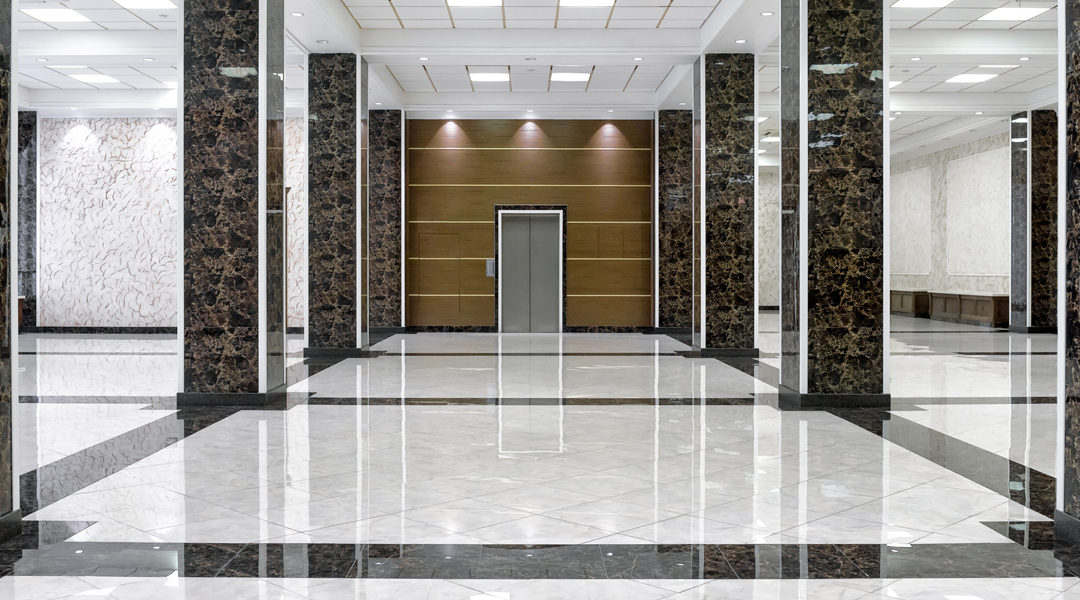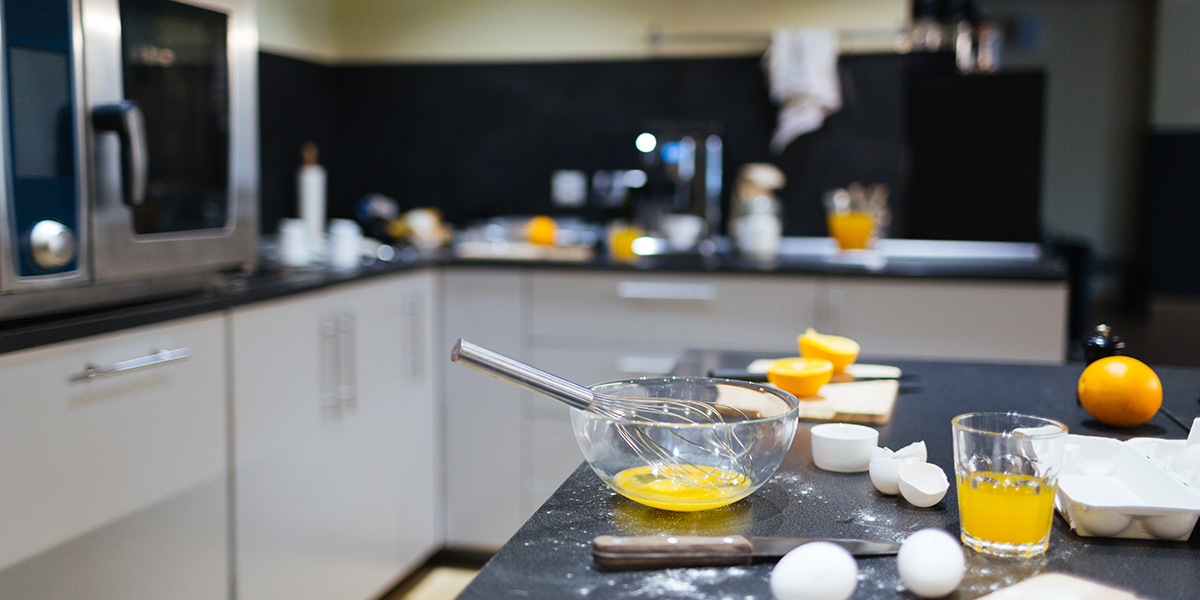When it comes to installing a new floor in your kitchen, bathrooms, or any other space, few materials can boast the same elegance and luxuriousness of natural stone. Common selections for a natural stone floor include slate, marble, limestone, and granite; each has unique properties, making them either more or less suitable for your flooring needs.
What is the Right Stone for Your Project?
It’s certainly important to understand these characteristics before purchasing and installing as this understanding will help you determine which stone really is best for you. Let’s take a few moments to investigate five such properties:
- Absorption Rating/Porosity
- Grade
- Surface Traction
- Oxidation
- Finish
Absorption Rating/Porosity
The absorption rating refers to how porous the material is: the more absorbent it is, the more likely the stone is to stain. An absorbent stone can also be prone to cracking if exposed to freezing conditions. Considering the wide variety of the ways stone is formed and the different minerals they consist of, it’s not surprising that natural stones vary in their absorption rates. For example, sandstone is highly porous while granite tends to resist absorbing water.
When considering absorption rates, there are four key terms to know, they are the classifications for natural stones:
• Non-vitreous: the highest level of absorption. Generally, non-vitreous tiles should not be used in any damp environment.
• Semi-vitreous: slightly less absorbent, but the more liquid they’re exposed to, the more maintenance required.
• Vitreous: Standard absorption. This is the standard absorption level for flooring tiles and is considered appropriate for most low- to mid-traffic indoor and outdoor applications.
• Impervious: Highly resistant to liquid absorption. Easiest to maintain. Often used in commercial or other high-traffic situations.
Grade
Some retailers will use a grading system to rate the quality of materials. This grading may refer to the size, shape, and/or thickness of the tile; it may also refer to the condition of the surface. Grading systems usually sorts the stone into three levels of quality:
• Grade 3: Material has major flaws in size, shape, surface, or chips. Appropriate for accent pieces or decoration.
• Grade 2: Material has minor defects such as chips, scratches, or irregular surfaces.
• Grade 1: Material is high-quality and uniform.

When choosing a stone for flooring take into consideration its surface traction.
Surface Traction (Slipperiness)
If you’re planning to install a floor in your bathroom, it wouldn’t do well for the stone to be too slippery, would it? This is known as the coefficient of friction, which would be more colloquially known as traction or slipperiness. The higher the coefficient, the more traction the tile will have. In public settings, for example, the Americans with Disabilities Act requires flooring material to have at least a 0.6 dryness coefficient.
Oxidation
Natural stone is made up of many elements and materials. One of these elements sometimes includes iron, which can appear as bright red or amber colors in the stone’s surface. In an outdoor environment, though, the iron can oxidize.
Finish
The finish of the stone plays a great role in determining how the stone will look and play a role in the slipperiness of the stone. Finishing options include:
• A polished finish creates a glossy, reflective surface.
• Honed finishing creates a smooth, velvety finish with little to no gloss.
• Tumbled finishing lends itself well to a weathered, aged surface. Chipped edges and other imperfections can make the stone look as though it were cut right out of a mountainside.
• The antique brushed finish is another way to achieve a rustic look by replicating the stone’s natural aging process.





